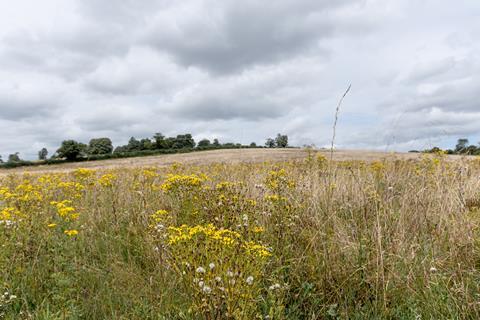
Concerns from environmental NGOs that Britain’s farmland birds and insect populations are in decline are being called into question by a growing body of scientific evidence, think tank Science for Sustainable Agriculture has said.
Research from the think tank has revealed that overall populations for insects and birds have remained broadly stable over the past three decades.
Defra’s recent ‘Wild Bird Populations in the UK and England, 1970 to 2024’ report suggested steep declines in farmland bird numbers but SSA has argued that the government’s farmland bird index relies on an outdated and narrow list of just 19 species.
The organisation has argued that this list has failed to reflect the diversity of today’s farmland wildlife, excluding species commonly found on Britain’s farms, including carrion crows, chaffinches, gulls, red kites and buzzards.
Broader datasets covering dozens of farmland-associated species instead show stable or even modestly increasing bird populations in recent decades, it claims.
“Of course, an arable field is likely to contain less wildlife than an equivalent area of scrubland or forest because, by definition, it contains fewer plant species. But that’s not the comparison that matters,” said SSA advisory board member Matt Ridley. “What counts is whether 10 acres of lower-yielding farmland has more or fewer insects and birds than eight acres of high-yielding land plus two of ‘spared land’ if they produce the same tonnage of harvested crop.”
It added that a similar picture could be seen in insects, with peer-reviewed research recently published in Nature Communications found no Britain-wide decline in insect abundance since 1990, despite localised changes in species diversity driven by urbanisation, climate change and landscape simplification.
The SSA has said that the studies contradict the notion of widespread ecological collapse on Britain’s farmland.
It added that the focus of environmental NGOs on intensive agriculture as a primary driver of biodiversity loss risked “distorting conservation priorities and misdirecting resources”.
“The scientific evidence increasingly points to land-sparing – focusing high-yield agriculture on our most fertile land and leaving more land for intact nature and biodiversity conservation – as the most efficient, cost-effective and sustainable way to meet our food needs, achieve conservation goals and mitigate climate change,” said Ridley. “Releasing more land for nature is also likely to make it more accessible for public enjoyment of the countryside – a win-win-win for food security, biodiversity and the public good.”




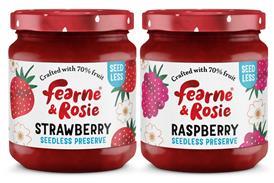
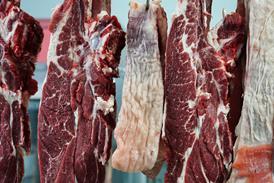

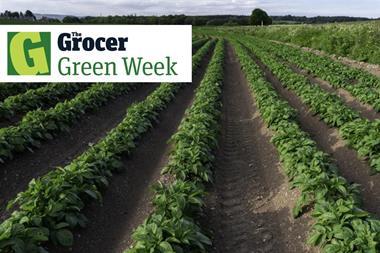



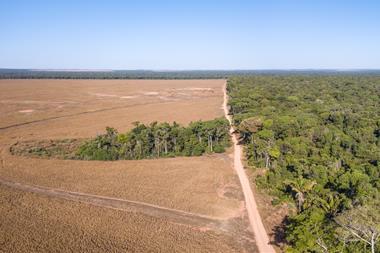


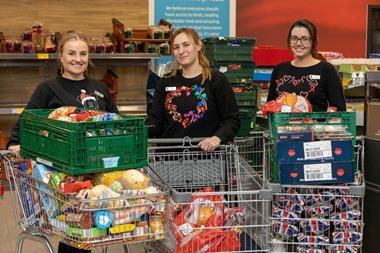




No comments yet